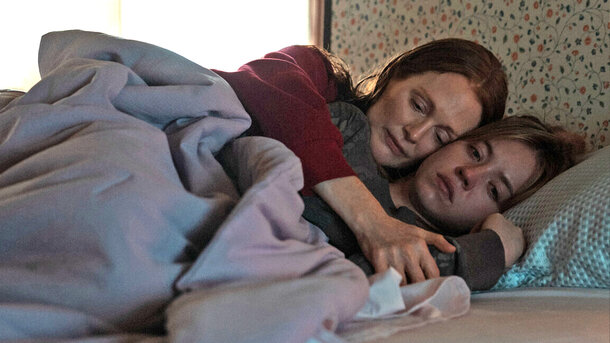King Viserys Targaryen is one of the most tragic figures in House of the Dragon. His death set off the bloody spiral of civil war during which nearly all dragons were wiped out. But while watching the show, it wasn’t entirely clear what exactly caused the king’s death. Let’s break down what illness turned him into a living corpse — and why the books told a very different story.
A king without iron will, but with a kind heart
Viserys Targaryen is a rare character in George R.R. Martin’s world — one who doesn’t provoke hatred from the audience. He didn’t carry out executions for pleasure, didn’t weave political schemes, didn’t hunger for power. On the contrary, he was generous, gentle, and in his own way, a touching king who simply wanted his house to live in peace.
He didn’t dream of the throne — he was chosen because he seemed like a compromise, a safe option. In the early years of his reign, that worked: the realm was at peace, and the king was loved for his kindness and empathy. But all too soon, that gentleness began to be seen as weakness.

An illness that lasted for years
King Viserys’s death in the show was portrayed as especially agonizing. He was literally decaying alive: his body covered in sores, his face disfigured, his movements stiff with pain. By the end, he resembled a reanimated corpse, with life leaving him breath by breath.
The creators of House of the Dragon stated that Viserys suffered from leprosy — a terminal illness that slowly destroys the skin, bones, and nervous system.
However, in George R.R. Martin’s books, this diagnosis is never mentioned. There, his condition is shown to be much milder: Viserys was overweight, suffered from gout, and experienced chronic back and leg pain. His health declined gradually, and over time, he lost the ability to move.

Could Viserys have had diabetes?
Some details suggest that Viserys might have suffered from diabetes. He frequently cut himself on the sharp edges of the Iron Throne — wounds that wouldn’t heal. At one point, due to infection, he even had two fingers amputated. He showed signs of metabolic issues: obesity, sluggishness, inflammation, chronic fatigue.
With diabetes, wounds indeed heal slowly, and the body becomes more vulnerable to infection. So it’s possible that this was the real cause of his suffering.
The king’s biggest flaw wasn’t his body — it was his heart
But Viserys’s true tragedy wasn’t physical weakness — it was his refusal to act decisively. He desperately wanted to keep peace within his family, but in doing so, only prolonged the conflict. His brother Daemon, daughter Rhaenyra, wife Alicent, and their children — all were preparing for war, while he tried to fix things with dinner toasts.

He was afraid to choose sides. Afraid to repeat his ancestors’ mistakes. Afraid to be cruel. But in Westeros, mercy often comes at a deadly price.
He didn’t die as a king — he died as a man
Viserys died at 52 — broken, immobilized, in pain. And as bitter as it is, death was a release for him. But for the kingdom, it was a devastating blow that triggered a chain of tragedies. His passing marked the beginning of the Dance of the Dragons — a civil war that would bring death to many.
He was far from perfect, but he was real. And that’s why his death hurts viewers so deeply. In a world ruled by dragons and steel, Viserys reminded us that humanity is a strength, too.










